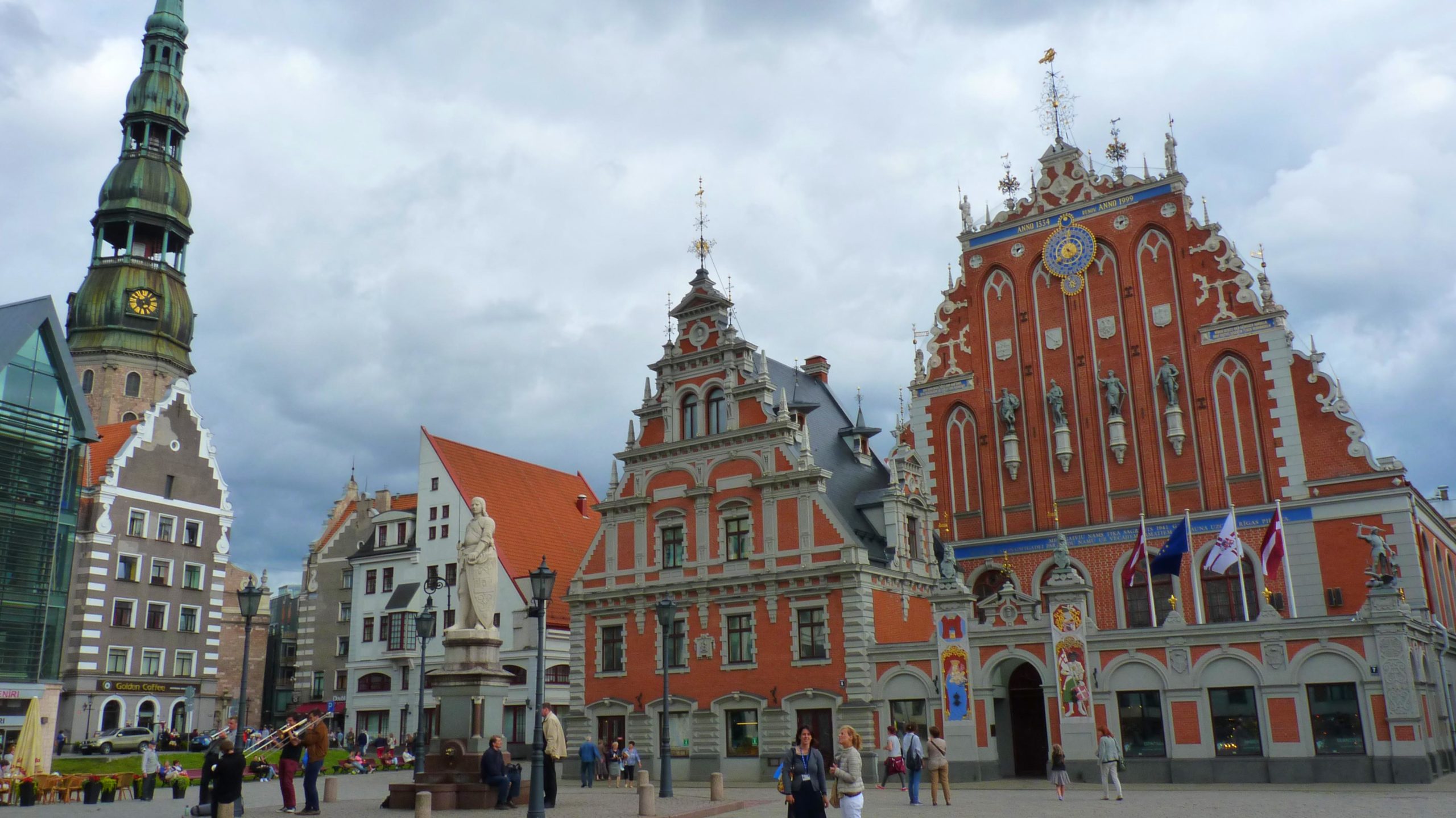Tourism
-

Interview: Hala Helmy El-Saeed, Minister of Planning and Administrative Reform of Egypt
The Ministry of Planning, Monitoring and Administrative Reform’s vision is to ensure efficient planning and management of the state’s public investments. It seeks sustainable economic development by ensuring the state’s administrative body becomes increasingly more effective, efficient, and capable of managing state resources to provide quality services to citizens. How do you assess Vision 2030’s…
-

Fastest growing tourist destination globally
The government is actively pushing to reposition Egypt’s tourism and return it to its pre-revolution glory days. Egypt’s tourism sector has historically been a vital driver of the economy and a critical source of foreign currency. Its historical heritage has and will continue to attract global wonder which in itself has caused underinvestment in crucial…
-

Eight percent of global shipping transits Egypt’s Suez Canal
The Egyptian government is implementing an ambitious strategy to improve and develop the transport sector to enhance the state resources and benefit on Egypt’s strategic location. Egypt has 108 000 kilometers of roads and 9 750 kilometers of railways, along with 20 airports, 15 harbors and a series of land ports. Transport and logistics represented…
-

A growing population in Egypt demands quality housing
One of the best solutions for Egypt’s constant overpopulation of cities has been urban expansion. It is part of an ambitious government plan to build new cities on the outskirts of every major governorate in Egypt. The Egyptian real estate sector has historically proven resilient to economic and political tensions over the past decade and…
-

Egypt’s economic fundamentals are improving, and at 5.4% GDP growth it is the fastest growing country in the region
Egypt is the regions fifth-largest economy and increasingly on the global investment map. According to the International Monetary Fund Egypt was the third largest economy in Africa with a GDP of EUR 208 682 million in 2017 after Nigeria’s EUR 331 061 million and South Africa at EUR 304 642 million. Egypt’s economic fundamentals in…
-

Interview: Miroljub Jevtić, Director General, Infrastructure of Serbian Railway (IZS)
How is Serbia’s railway transport segment evolving? Serbia’s railway infrastructure system in 2018 offers safe and reliable services. It is efficient and successfully caters to a growing segment. Overall, Serbia is investing nearly EUR 5 billion to improve the transport network. This can be seen very clearly within the railway sector. Serbia continues a series…
-

Interview: Marija Labović, Acting Director, National Tourism Organisation of Serbia
How do you assess Serbia’s tourism industry? Demand is growing, and this is the trend for the last three years. In the last ten years we can see market change in favour of foreign visitors which are now making around 50% of total tourists. Three years ago domestic travellers started to travel again due to…
-

Interview: Radoš Gazdić, Acting Director General, Development Agency of Serbia (RAS)
What are some of the key facts that all international investors should remember about Serbia? The key factor at this moment is the competitiveness of the labour force when comparing it to Europe. Serbia is increasingly becoming more attractive, first and foremost, because of the technical education of our labour force. It is one of…
-

Serbia: Tourism – Belgrade charm
Three million tourists visited Serbia in 2017 with MICE offering the largest opportunities. Lacking a coastal line, Serbia has focused its touristic sector in the development of spas and ski resorts. They have been neglected for the past years, but thanks to recent private sector investors keen on developing their potential the sector is…
-

Serbia: Transport – Interconnecting Southeast Europe
Mass investments aim to support and ease transit The sector is one of the fastest developing branches of the economy in Serbia. Value of ongoing projects in infrastructure is EUR 5 000 million. Needs for future transport plans is EUR 6 000 million. Serbia’s strategic location at the crossroads of European traffic Corridors offers great…
-

Interview: Zoran Babic, Director, Corridors of Serbia
What will be the socio-economic impact of Corridor X? The Eastern part of Serbia is stricken by de-population due to lack of employment options. Corridor X will positively affect the employment rate in remote regions with high unemployment. The construction sector has provided new opportunities, and is actively creating a business environment which can attract…
-

Interview: Aigars Rostovski, President, Latvian Chamber of Commerce and Industry (LCCI)
Historically what have been Latvia’s most important economic drivers? Traditionally our biggest sector has been wood and timber produced from by our forests. They cover more than half of Latvia. Forests are referred to as Latvia’s “Green Gold.” A second historically strong sector is manufacturing, in Soviet times Latvia was an industrial hub. A third…
-

Interview: Martin Gauss, CEO, Air Baltic
How important is the development of Latvia’s aviation sector for the economy? If you look at the connectivity of the Baltic States, Riga at the moment is the key capital. Latvia being in Northern Europe has reachability issues. Connectivity with Europe by road and rail systems do not fully meet the needs of the region…
-

Latvia: An essential global strategic transit hub
The success of Latvia’s transport sector lies on a series of favorable circumstances. Latvia’s geographic location with access to both Russian and EU markets and its excellent infrastructure are the pillars of this success. Being located on the external border of the European Union, Latvia has quality infrastructure connecting the country to the Russian Federation,…
-

Interview: Anda Caksa, Latvian Minister for Health
How do you evaluate Latvia’s healthcare system? Over the pasttwo decades, life expectancy has increased by ten years. If we compare this to our neighbors, it is quite an achievement. However, in order to understand Latvia’s healthcare system, we need to discuss the issues and challenges that it has faced. The system has patient accessibility…
-

Baiba A. Rubesa, CEO, Rail Baltica, on creating a new economic corridor
Rail Baltica, a new railway infrastructure connecting the three Baltic States to Poland and indirectly to Finland, is often called the project of the century. This project marks a symbolic return of the Baltic States to Europe. Currently, most rail freight traffic in the Baltics originates from the CIS (Commonwealth of Independent States) countries and…
-

Latvia: Tourism increasing with a seasonal imbalance
Latvia has enjoyed one of the fastest growths in the tourism sector in the EU. During the last five years alone, the number of tourists visiting Latvia has increased by 50%. In 2016, Latvia recorded 2.3 million people in its tourist accommodation establishments. The statistics of Latvia’s Central Statistical Bureau (CSB) showed 1.3 million people…
















